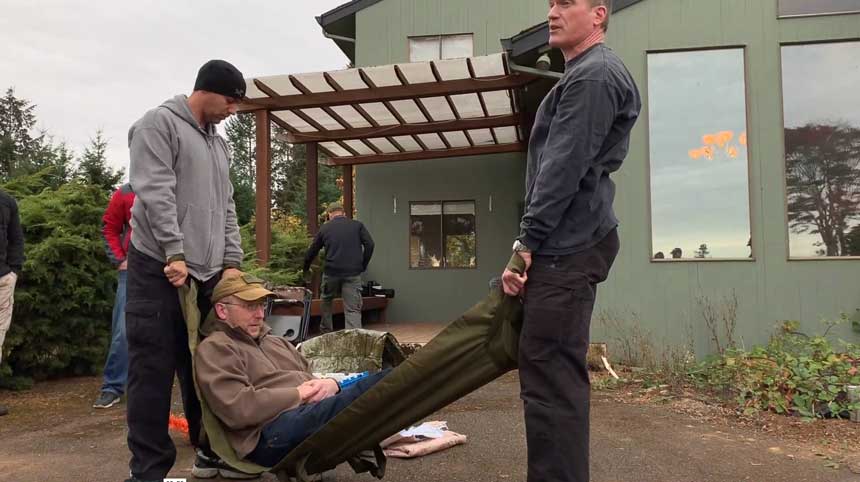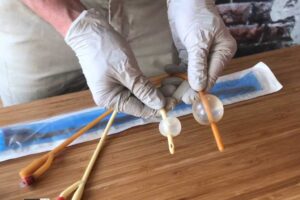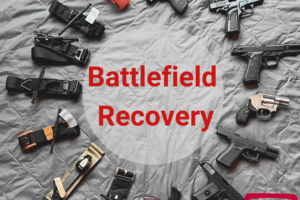
Non-Rigid Litters
- Posted by Mike Shertz MD/18D
- Categories Casualty Movement, Equipment
🕖 Reading Time, 2 minutes
Carrying people is hard work. Carrying them with a litter makes the task easier. Non-Rigid litters are lighter and easier to store than their rigid counterparts, but they are harder to use. The casualty will naturally bend in the middle at their pelvis and so it becomes more difficult to get the casualty hi gh enough to carry. However, the do offer a solution for transporting casualties from tight, confined areas that are inaccessible to stretchers or rigid litters. See a discussion of non-rigid litters, understand the assets and liabilities, and consider some improvised alternatives in case you need to move a casualty unexpectedly.
Options for non-rigid litters include both improvised and dedicated litters.
- The military has tried using a body bag, but it tends to freak out the casualty, and it’s really too long to be practical
- The EMS mega mover is a good choice
There are other commercially available nonrigid litters including
- Emergency Evacuation Litter from North American Rescue
You can also use improvised litters
- Shower curtain
- Plastic construction barrier, fencing, or netting
- In a waterpark mass casualty event, the pool rafts were successfully used as litters
Having some sort of litter in your equipment may make sense. However, even if you do, you may need to creatively free-think and use items from your environment. Planning ahead will allow you to see items in your environment you can use, even when under stress. “Even a monkey would use a tool. Be as smart as a monkey and use a tool to carry somebody.”
*Excerpt taken from the in-person Complete Tactical Casualty Care course
Dr. Mike Shertz is the Owner and Lead Instructor at Crisis Medicine. Dr. Shertz is a dual-boarded Emergency Medicine and EMS physician, having spent over 30 years gaining the experience and insight to create and provide his comprehensive, science-informed, training to better prepare everyday citizens, law enforcement, EMS, and the military to manage casualties and wounded in high-risk environments. Drawing on his prior experience as an Army Special Forces medic (18D), two decades as an armed, embedded tactical medic on a regional SWAT team, and as a Fire Service and EMS medical director.
Using a combination of current and historical events, Dr. Shertz’s lectures include relevant, illustrative photos, as well as hands-on demonstrations to demystify the how, why, when to use each emergency medical procedure you need to become a Force Multiplier for Good.



